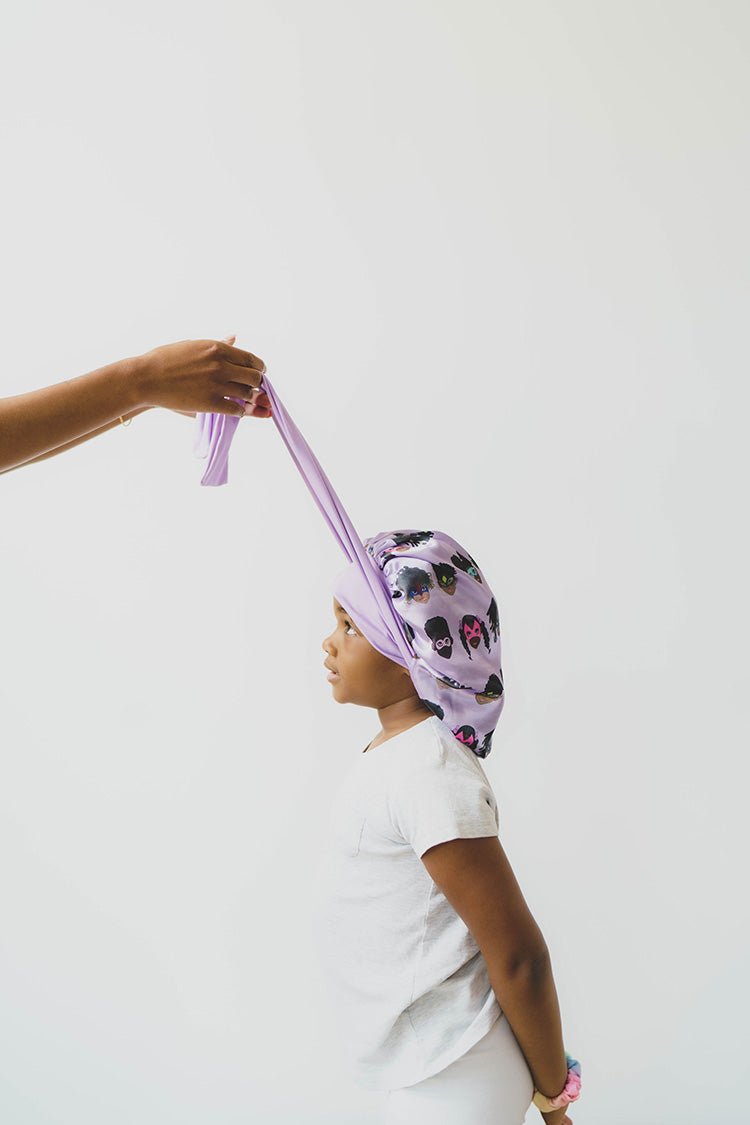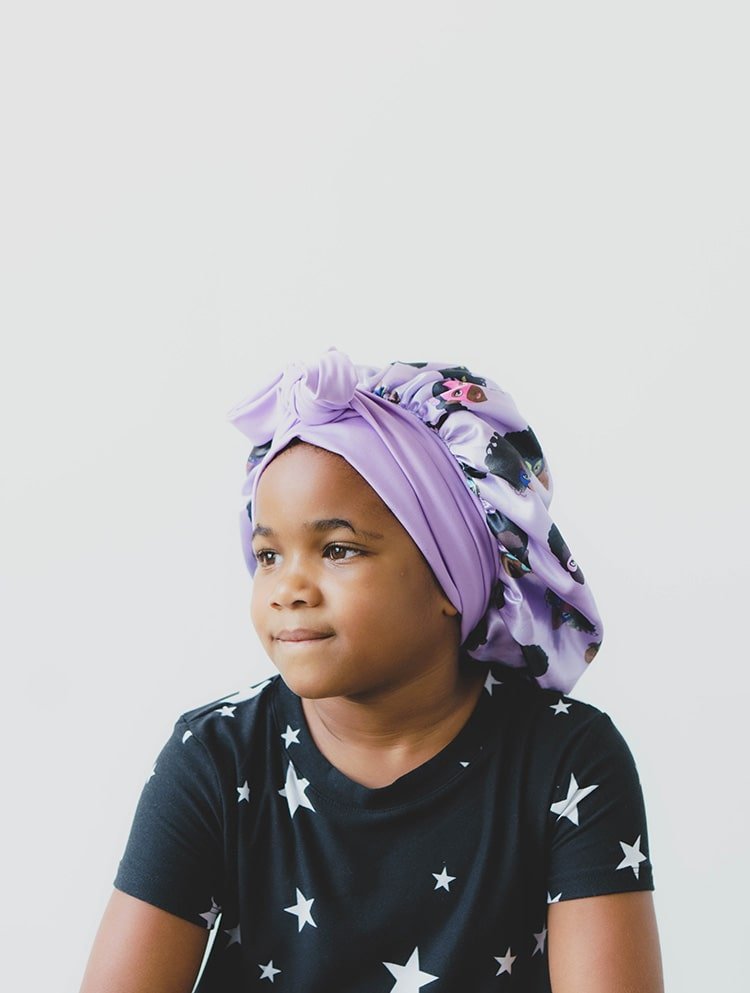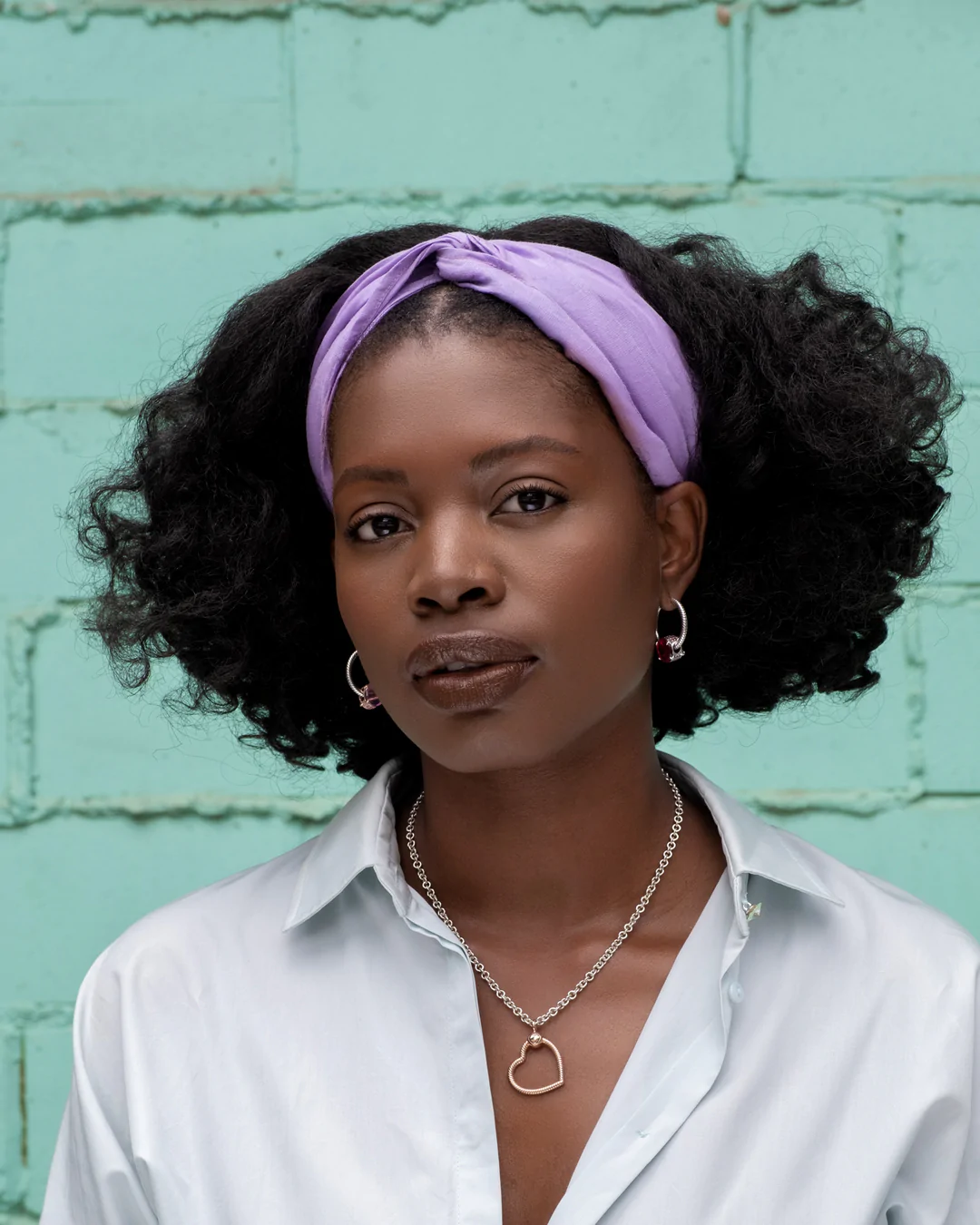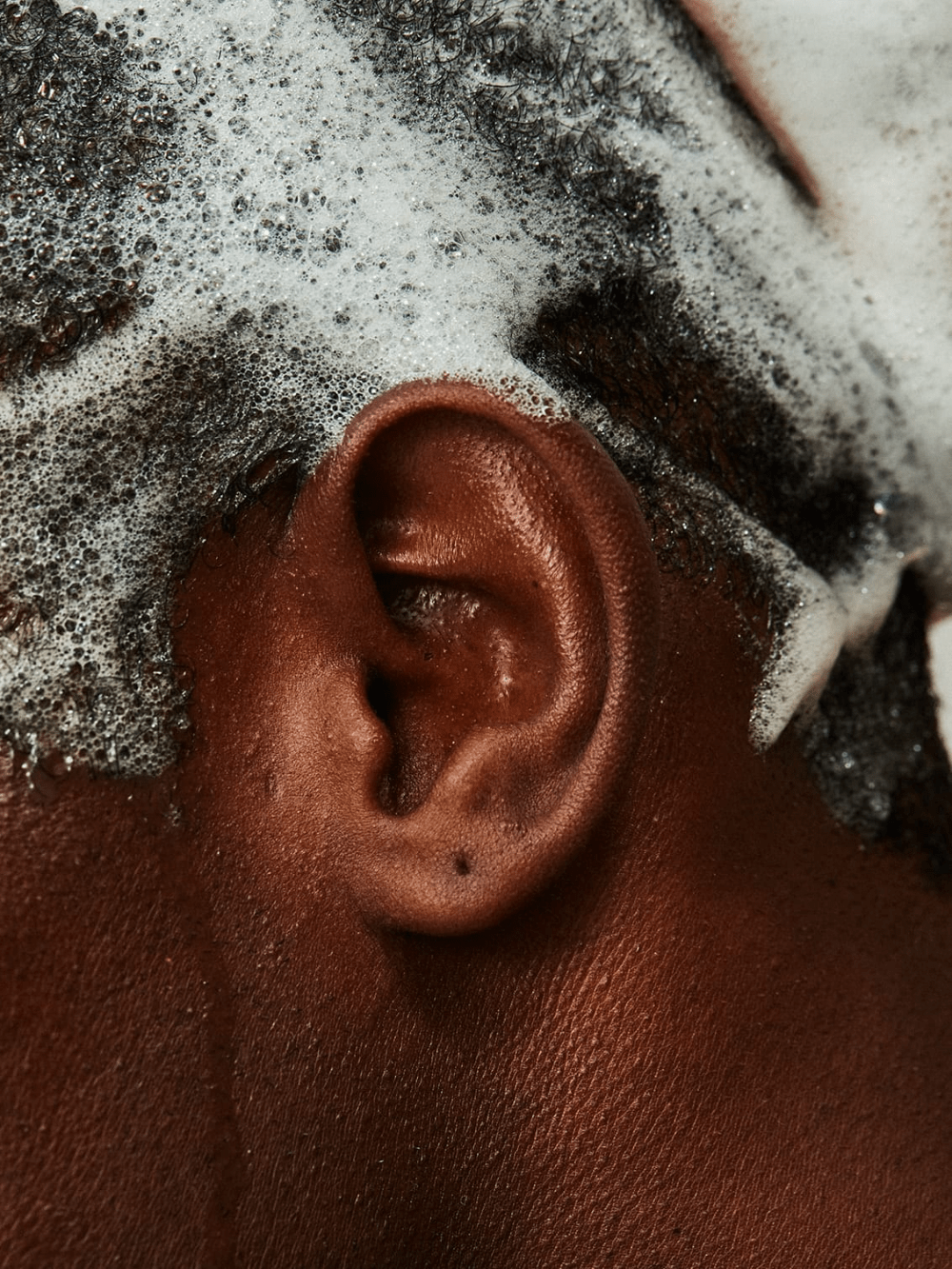Silk Vs. Satin Bonnet for Hair: Which is best for your child?

Silk and Satin bonnets knowingly help maintain many natural hair textures. It's true, whether curly, coily, or kinky, there is no dispute that a Silk or Satin bonnet can significantly improve the health of your hair - that is in addition to a healthy hair regimen.
A regimen is a word worth highlighting. Many different components establish and promote the health of your hair; a Silk or Satin bonnet only aids in this process. Silk and Satin bonnets will be of little use without a proper hair care regimen. We discuss this topic further in our article, "6 Steps - An Effective Hair Care Regimen for your Child". This article will dive more into how to protect your child's hair after incorporating a proper hair regimen. Just as many components make up and promote healthy hair, there are many vital points to consider when determining whether a Silk or Satin bonnet would be best for your child or yourself, for that matter.
Silk or Satin Bonnet and the misconceptions.
A Silk or Satin bonnet was introduced in childhood for many black or brown women and has remained a vital part of our nighttime routine. This early introduction of bonnets is embedded in our culture and undoubtedly promotes our relationship with our hair. It is so ingrained in our culture that we often overlook the accuracy of labels on some of our favorite hair scarves and wraps. Usually, it's believed that we are wearing Silk bonnets, but we could be wearing Satin or even a Sateen product. Furthermore, we often forget the purpose they serve. Yes, they are the precious items that keep our hair laid and hold us over until our next hair appointment or hair day, but the fibers and makeup of these fabrics do so much more.
So what is the actual difference between Satin and Silk? It doesn't only boil down to the cost. It can be a slightly tricky comparison, but this blog should help to provide a bit of clarity. Read on to determine whether a Silk or Satin bonnet would be best for your child.
What is Silk?
Silk is a natural protein fiber produced by over a dozen types of insects and is most commonly known to be made by silkworm cocoons. It was first developed in ancient China and discovered by princess Xi Lingshi between 2600-3000 BC.
Silk is a luxurious, durable fabric with a hefty price tag. Compared to other fibers, such as cotton, which absorbs moisture, silk wicks moisture away. Because of this, Silk is a "breathable fabric."
Due to its moisture-wicking properties, Silk prevents water from being trapped at the root of our heads by promoting circulation. The purpose of one wearing a Silk bonnet or scarf to bed is to minimize the friction between our hair fibers and our pillows' cotton fibers, which leave the hair dry and brittle. Cotton pillows can cause split ends, frizz, and tangles, damaging our hair. The barrier between a Silk bonnet or scarf and a cotton pillow reduces friction. It helps maintain natural oils in our hair, further promoting the health of our crowns and the longevity of our hairstyles.
The benefits of Silk do not only stop there. Silk is also naturally hypoallergenic. Silk fibers are coated with a protein called sericin. Sericin repels dust mites and is resistant to molds and funguses. Additionally, Silk also contains amino acids that reabsorb moisture and eliminate dryness. These factors are relieving to people who suffer from allergies and skin conditions.
What is Satin?

"Satin" refers to a weave, not a raw material. Unlike, Silk satin is not a fiber itself. Instead, it is a specific type of weave with a complex structure. Like Silk, Satin still has a smooth and durable surface, cool and soft
to the touch. Traditionally, Satin consists of Silk. Today, it is common for Satin to consist of a blend of Silk and synthetic fabrics such as Polyester and cotton; this is Sateen rather than Satin.
When making Satin fabric, the weaving technique of Silk fibers results in a more durable material that is less prone to wrinkles. Blending Satin with synthetic fibers promotes a more flexible and smoother weave than natural Silk, significantly benefiting hair and scalp. Satin is much more forgiving as it moves with the hair, reducing the friction between your hair and pillowcase. So - can we refer to Satin as Silk, a frugal innovative best friend? Yes.
There is a discrepancy on whether Satin is truly hypoallergenic or not. Some articles cite that Satin shares the same hypoallergenic benefits as Silk, while others protest this. Commonly blended with other fabrics, it becomes difficult to say whether Satin is truly hypoallergenic confidently. It varies based on the makeup of your specific product.
Silk and Satin Bonnets - What's the Difference?
So again, what's the difference between Satin and Silk? This question becomes a relatively difficult question to answer. As stated above, not all Satin is the same. So in hindsight, the critical difference between Silk and Satin bonnets is price. In the simplest terms - Silk is a natural fiber from silkworm cocoons, a delicate, time-consuming process reflected in its price. Satin is a synthetic weave traditionally consisting of Silk and is a cost-friendly alternative to Silk.
Which is best, Silk or Satin Bonnet?
Both Satin and Silk offer their advantages and disadvantages. Silk is expensive and less flexible compared to Satin. Due to Satin not being a fiber itself, it is less durable and is subject to many reductions in benefits based on the yarns used in production. Determining which is best, Silk of Satin Bonnets depends on your pockets and concerns.
When sourcing a bonnet for your child, the most expensive option isn't always ideal; there are many reasons, mainly because we are often just introducing a nighttime hair regimen for our children. Additionally, children are still digesting the concept of value, and that's not to discount or place a limit on their understanding. For this reason and others, as shared above, our Durag and Bonnet products are Silk Satin. Children are often wild sleepers and require a product that can move with them as they toss and turn throughout the night; Silk Satin possesses that ability. Additionally, we emphasized using Silk Satin to preserve all the natural benefits that Silk contains without the price tag. Silk Satin is still a breathable, moisture-wicking weave promoting a tangle-free, frizz-fighting barrier between your child's crown and pillow that helps avoid the hefty price tag.
Why use a Satin Bonnet?
We've outlined the benefits of using either a Silk or Satin Bonnet above, but in summary, it's best to use a Satin or Silk bonnet for the following;
- Moisture Retention
- Prevents Split Ends
- Moisture-wicking
- Prevents and reduces tangles
- It contains and reduces frizz
- Promotes longevity of hairstyles
Determining whether to use silk or satin products for your child is specific to your situation and how rough of a sleeper you're dealing with. Emphasizing the Bonnet that can make it through the nice duration is personally the winner for me. Other factors to consider would be the texture, type, and length of your child's hair.




Comments